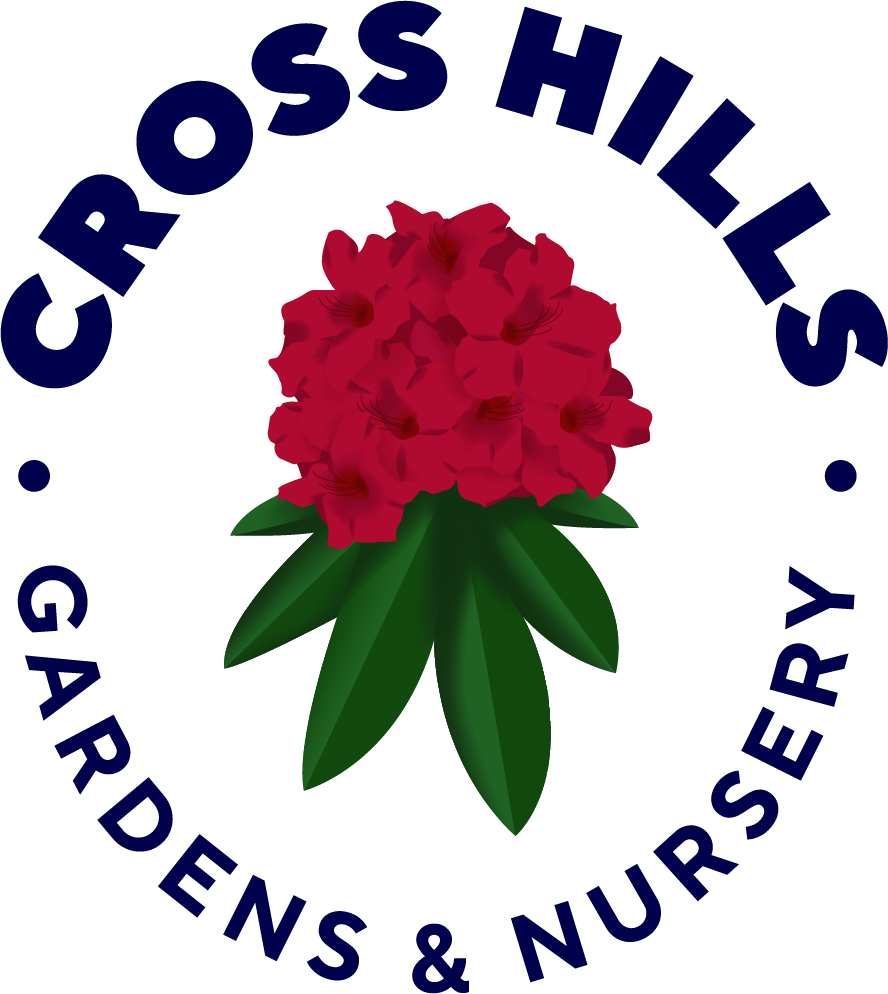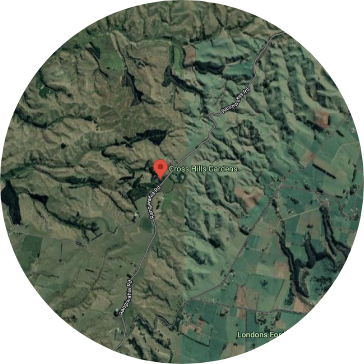Avoid sites with reflections from light coloured houses and paved areas, or under roof overhangs, adjacent to concrete foundations and under trees with dense shading or aggressive root systems. Some air movement is necessary to reduce excessive dampness and the possibility of the establishment of pests and disease. In severe frosty areas the rising morning sun should be avoided because it will thaw the plant too rapidly causing tissue damage and possible death to a young plant. A site sheltered from wind is necessary for all bigger leaved rhododendron varieties along with some shade. In most cases partial or half shade is desirable, in hot dry areas it is essential. Too much shade will make for a leggy plant and flower buds will not set to the same extent. Dwarfs should be planted in a more open situation, a southerly aspect being an ideal position.
Rhododendrons and azaleas prefer a porous well drained, acidic soil pH 4.5 – 6, but they can be grown in heavy soils if special precautions are taken. They do need good drainage, good soil aeration and enough humus to hold moisture in dry spells. Raising the planting bed above the existing ground level, will often do a great deal to improve drainage in a low wet spot that would otherwise drown the roots. The addition of coarse sand or pumice and organic matter (up to 50 %) will also aid drainage. Granulated pine bark is an ideal material to use for the above purpose. It is available now in most areas; ask at your local garden centre.
If you are planting into a clay type soil there are two important points to remember. Firstly, if the ground is flat, it would be essential to raise the planting beds above the surrounding ground and alter the soil structure as above. Secondly if you are planting on a hillside the addition of free draining organic matter etc. can have the reverse effect and the hole actually turns into a soak hole drowning the plant. The digging of a drainage channel on the downhill side should remedy this problem. A test for drainage is to dig a hole 30cm (one foot) square, fill with water and it must drain away within an hour. If the drainage is not satisfactory remedy as above.
Gypsum is a slow release source of sulphur and calcium which can be used to improve soil structure, aeration and water retention of clay soils. Reduced crusting of the soil surface allows for better water penetration and the improved soil structure allows for better root penetration. Plants need sulphur, gypsum contains 18%, and being a neutral mineral it won't upset the soil's pH balance. Gypsum can be incorporated into the planting bed at 1-3kg per sq. metre prior to planting, or used as a top-dressing at half kg per sq. metre. Gypsum is cost effective.
The ideal pH is about 5.5. Most of the heavier soils in New Zealand are too alkaline and can be acidified. Addition of sulphur is the best method because it is long lasting and preferably it should be added before planting. One kilogram per 10 sq. metres will suffice in most instances. The regular use of acid fertilisers does have an acidifying effect but quite often not enough to rectify any major deficiency.
We have a micro processor based pH soil tester with which we can test your garden soil. This is a free service. Please phone Rodney to get instructions of where in your garden to obtain your soil sample.
We can also arrange a complete soil test if you are intending to plant a large area and wish to know the soil status before planting.
Registered Trademark of Agrimm Technologies Ltd. Help has arrived for those gardeners who struggle to grow rhododendrons in clay based soils, with consequently poor drainage and resulting damage to root systems.
The solution has been developed here in New Zealand, what is more, it is natural and non toxic, affordable and it works.
Trichopel contains the living beneficial fungus Trichoderma. Trichoderma acts as a mycoparasite with antagonistic properties against many wood invading and soil living, fungal pathogens, which infect plants and their roots.
The good news is that Trichoderma has a broad spectrum of activity against many fungi including Rhizoctonia, Pythium and most importantly Phytophthora, the main cause of failure with rhododendrons grown in heavy soils particularly in warmer areas.
Trichoderma is a living organism which will rapidly establish under appropriate conditions (pH 4-6.5) and may remain in the soil for extended periods of time.
Trichopel does not take away the need to improve your soil composition. The Trichoderma fungus acts as a safety measure to help minimize the death of rhododendrons from Phytophthora. If you suspect this has been a problem in your garden in the past, or could well be in the future, this product will be very beneficial to you. (See the general cultural hints as to identification of Phytophthora infection of plants.)
For new plantings e.g. three year old rhododendrons, only 50gms of pellets per plant is all that will be required. Mix these pellets in with the soil at the time of planting.
We can put a pack, or packs, in with your plants to save freight costs. Please scroll through our garden products add your Trichopel requirements to your plant order.

Garden
365 Days
Nursery & Plant Centre
7 Days a week from Monday 9th June 2025 - 1st December 2025
10.30am - 5pm
Garden Café
Catering is available for pre-booked groups only, subject to availability, please contact our office to discuss.
339 Rangiwahia Road
RD 54
Kimbolton 4774
New Zealand
P. 06 328 5797
E. office@crosshills.co.nz

Solution by Webtech